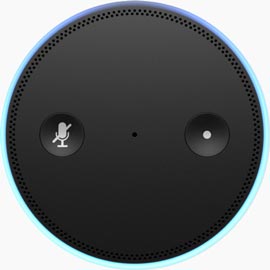
#9 - Concussion myths debunked
Ready to learn about some of the top concussion myths and the truth behind them? Learn about these five concussion myths:
- Sports injuries are the main cause of concussions;
- You will have permanent impairments after a concussion;
- The best treatment for a concussion is rest;
- You have to lose consciousness to get a concussion;
- You should never sleep after a concussion.
Concussion research and treatment have expanded exponentially in the last few years. With so much new information coming out, it’s hard to decide what information you can trust. Let’s talk about a few common concussion myths and the truth around them.
Concussion myth #1:
Sports injuries are the main cause of concussions. According to the US Centers for Disease Control (CDC), falls are actually the main cause of concussions. It’s easy to think that sports concussions are more common because they’re frequently talked about in the news. But keep in mind that everyone, not just athletes, can get a concussion. They happen from everyday activities more often than in sports.
Concussion myth #2:
You’re stuck with permanent brain damage after concussion. While it IS a very serious brain injury, research has shown that it’s treatable. The most important thing to keep in mind here: if you get a head injury, seek a trained healthcare provider. The main reason concussions cause lasting damage is that people with a head injury don’t seek treatment. With targeted treatment and rehabilitation, you can feel 100% back to normal, usually within 3 weeks of the injury.
Concussion myth #3:
The best treatment for concussion is rest. This concussion myth has been proven wrong time and time again. In 2016, brain injury experts from around the world got together to create a consensus statement on concussion. One of the main agreements was that prolonged rest after concussion is dangerous. They agreed that a brief period of rest, about 24-48 hours, was all that was needed. After that initial couple of days, a gradual return to activity helps patients get healthy quickly and safely.
Concussion myth #4:
You have to lose consciousness to sustain a concussion. In the past, loss of consciousness was one of the main things coaches and sideline personnel looked for as a warning sign of concussion. While loss of consciousness is a possible sign, it’s certainly not the only one. More than 90% of concussions occur without a loss of consciousness. It’s very important for sideline professionals to know the less obvious signs, like confusion and dizziness.
Concussion myth #5:
You should never sleep after a concussion. This rumor was spread because of fears of more serious consequences from concussions occurring during sleep. In fact, there are some warning signs that warrant an ER visit, and not being able to wake up is one of them. However, if your symptoms are limited, you can sleep.
There you have it – five of the most common concussion myths, debunked. Have questions? Check out BaselineTesting.com and reach out to us on the contact form if your questions aren’t answered there.
OTHER FLASH BRIEFINGS YOU MIGHT FIND HELPFUL:

